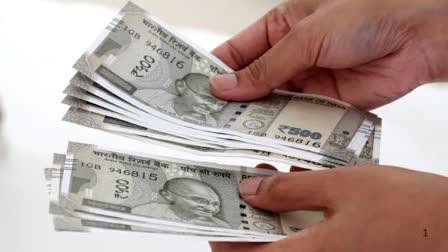
New Delhi, July 2, 2025 :
MD NAYEEM
In a sobering wake-up call for the nation, the Reserve Bank of India’s Financial Stability Report (June 2025) has revealed that the average Indian citizen now carries a personal debt burden of ₹4.8 lakh a sharp 23% spike from ₹3.9 lakh in March 2023.
The report paints a concerning picture of India’s rising financial fragility. Total external debt has soared to $736.3 billion as of March 2025, catapulting India into the ranks of the most heavily indebted countries globally. Unlike previous years, this debt is now overwhelmingly driven by non-governmental borrowing, including personal loans, credit card dues, housing loans, and vehicle financing.
Private Debt Explosion:
- Personal loans up by 54.9%
- Housing loans surged 35.5%
- Auto loans rose 25.7%
- Credit card debt jumped 29%
These figures point to a growing reliance on credit to fund everyday life from homes to household goods and signal a worrisome dependence on financial institutions across income groups.
With India’s total debt-to-GDP ratio now standing at 54.2%, economists warn this could destabilize the economy if corrective measures aren’t swiftly implemented. The RBI cautions that an unchecked debt spiral may soon tip into a systemic financial risk.
Experts are urging the government and banks to rethink their credit strategies. Proposals include low or zero-interest loans for the economically vulnerable, debt literacy programs, and tighter regulation on predatory lending.
“This isn’t just a credit bubble it’s a ticking economic time bomb,” says financial analyst Arvind Dutta. “Unless addressed now, we may be steering toward a middle-class debt crisis.”
The RBI’s report is more than a red flag it’s a call to action for structural reform, inclusive credit policies, and a sustainable roadmap to protect India’s economic future from being buried under its own borrowing.




